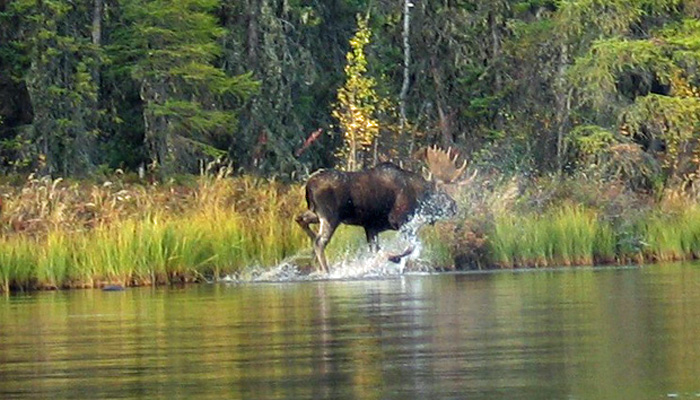The Manitoba Hunting Guide 2020 is now available and online licensing for the fall hunting season will soon begin.
Agriculture and Resource Development Minister Blaine Pedersen said that results from three aerial surveys on moose population trends were also released as part of the government’s commitment to enhance the quality and transparency of big game population data for biologists and the public.
“Fall hunting is an important annual activity for many Manitobans as they spend time in our province’s great outdoors,” said Agriculture and Resource Development Minister Blaine Pedersen. “We are pleased to be making hunting licences and other outdoor recreation licences and permits more accessible and convenient with the move to e-licensing.”
Fall hunting licenses will be available in August on the new e-licensing system at manitobaelicensing.ca. Hunters should visit the site to set up their account, order game tags and purchase their license in advance of opening day, as they must allow two weeks for delivery of game tags. The site can also be used to search for vendors that sell licences.
Print copies of the Manitoba Hunting Guide 2020 will start to become available at Manitoba Conservation and Climate offices and licence vendors in the coming weeks and the guide is now available at gov.mb.ca.
The province has made its 2020 aerial moose surveys available in a new, more user-friendly format. Aerial population surveys allow biologists to determine changes in population trend over time and evaluate changes in sex and age ratios. Aerial moose surveys were conducted in January and February in Game Hunting Areas (GHA) 13, 13A (Porcupine Mountain), 18, 18A-C (Duck Mountain) and 26 (Pinawa/Bisset area).
“Moose populations appear to be recovering in certain areas. However, the slow recovery suggests they are facing an uphill battle,” said Pedersen. “By sharing this information, we want to help user groups better understand the demands on these resources and inform the potential measures that may be needed to help keep moose populations healthy.”
The survey results suggest a gradual trend of increasing moose populations in Duck Mountain and GHA 26 since 2010 and a stable population in Porcupine Mountain. The trend over time suggests these populations are recovering, but more slowly than anticipated.
Moose hunting closures have been in place in the areas surveyed. However, the results show hunting is only one of several factors affecting populations. Good nutrition and habitat have positive effects on moose survival and reproduction, while other factors such as disease, parasites, predation and the harvest of cows have negative effects.
The minister noted the province is committed to implement shared management plans, based on listening, learning and working with stakeholders. This work will begin in partnership with user groups and communities later this year.




